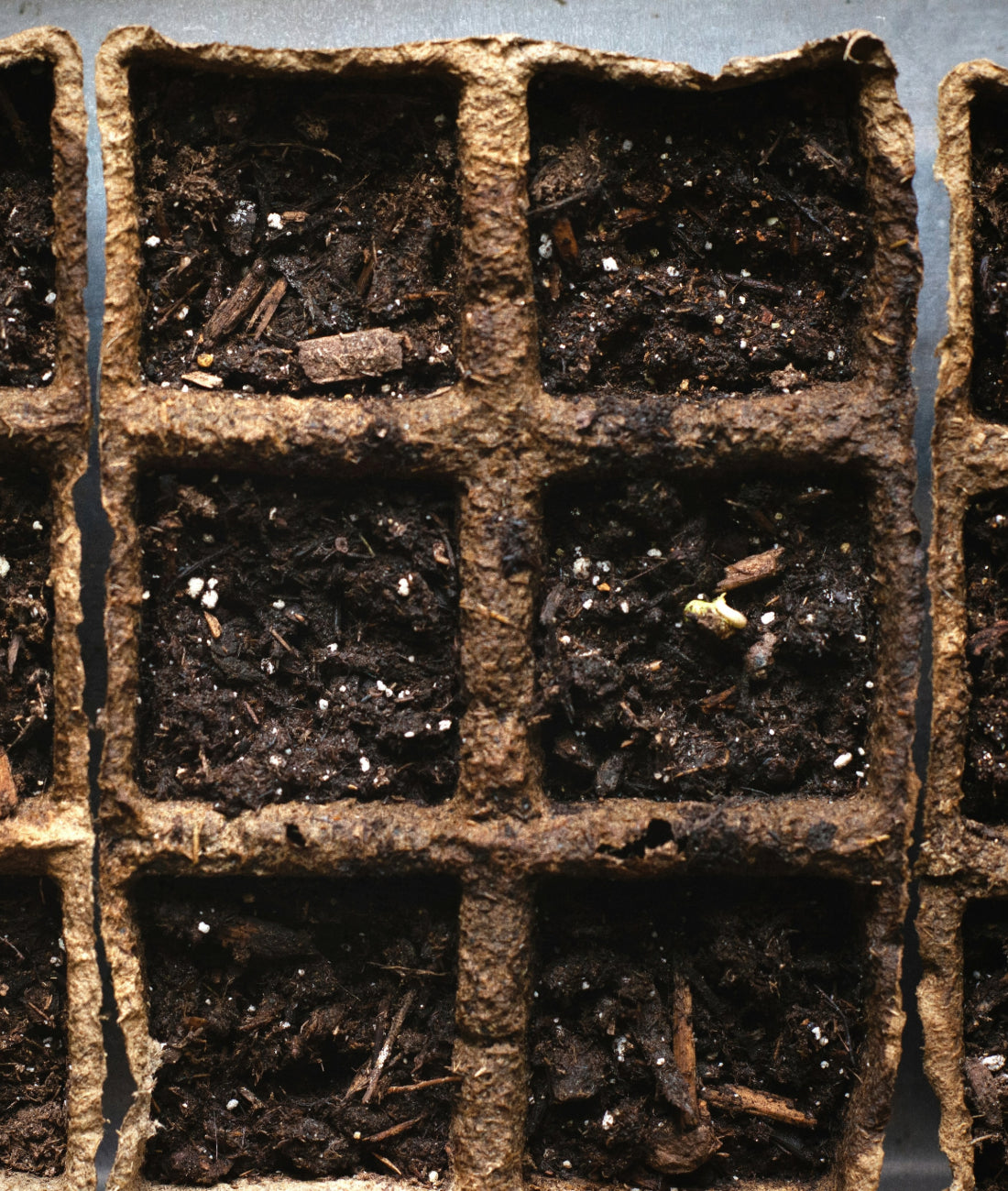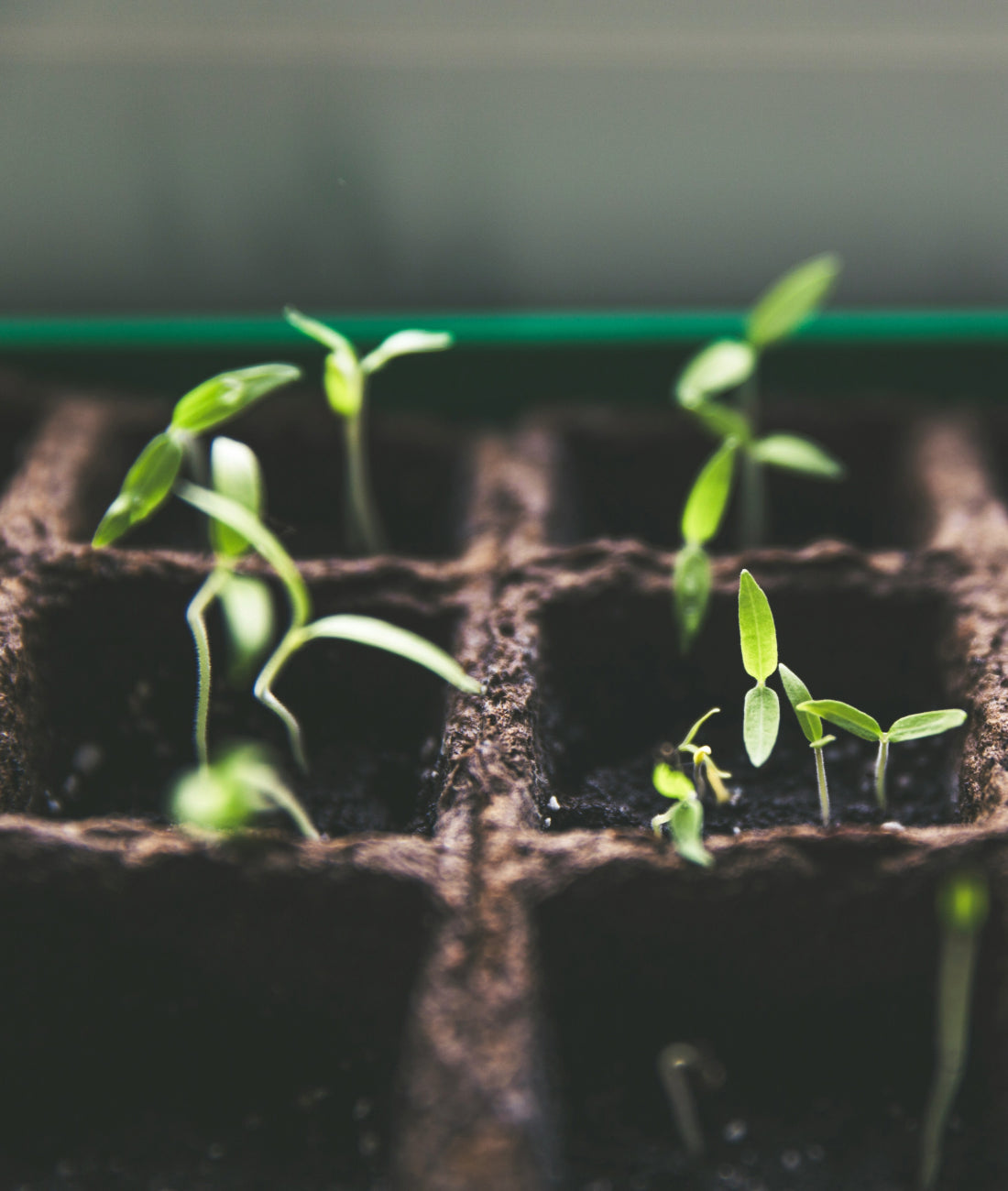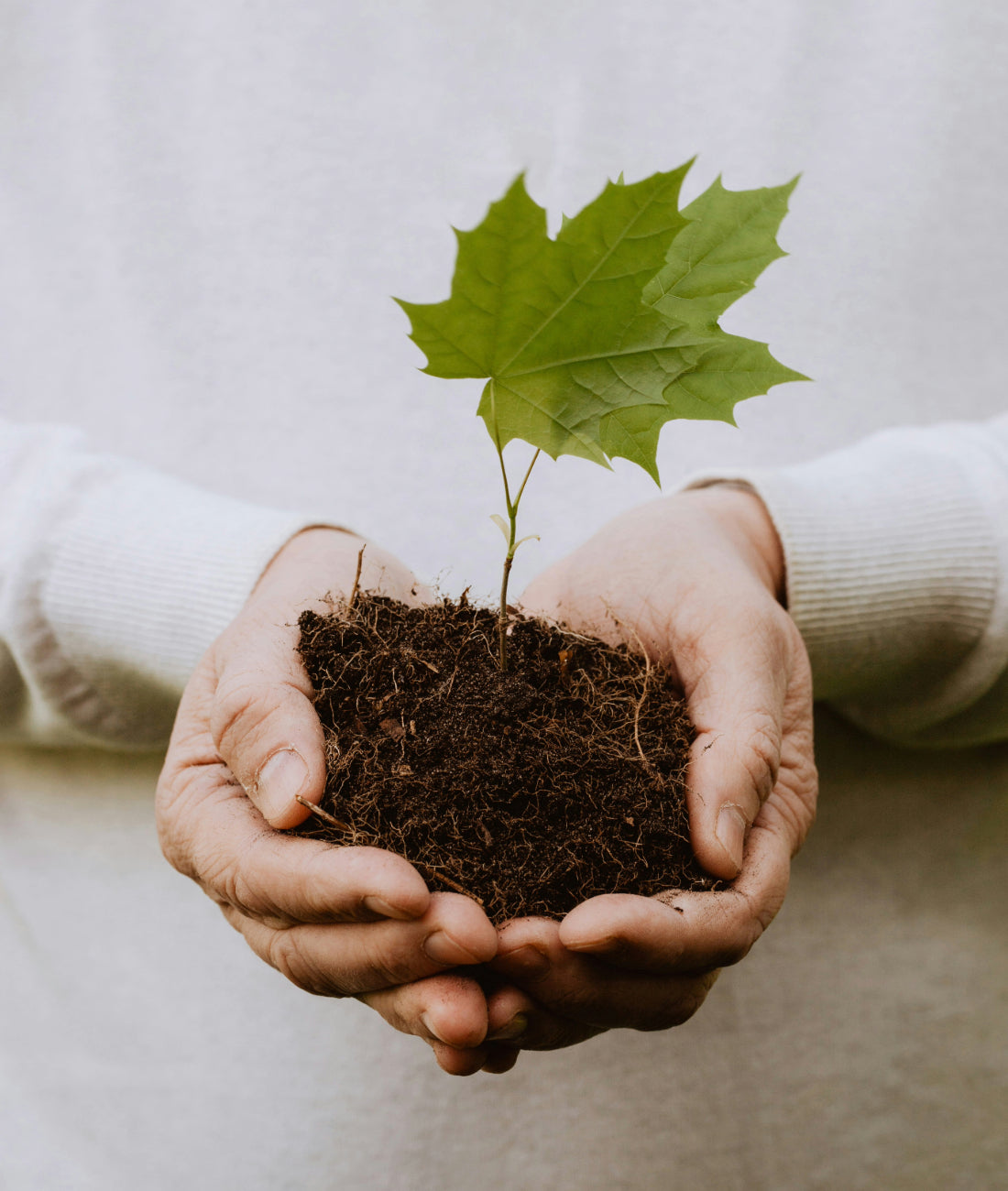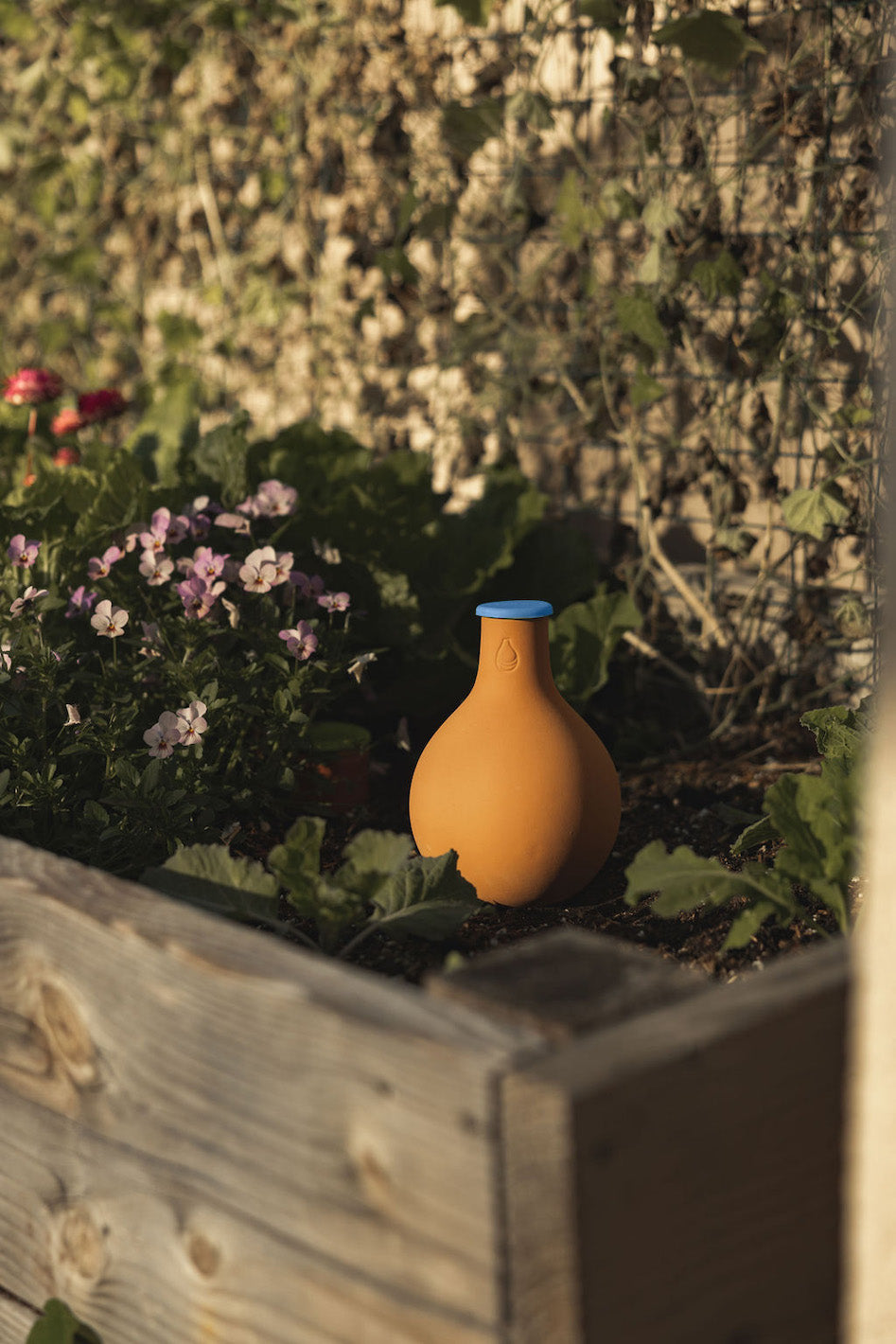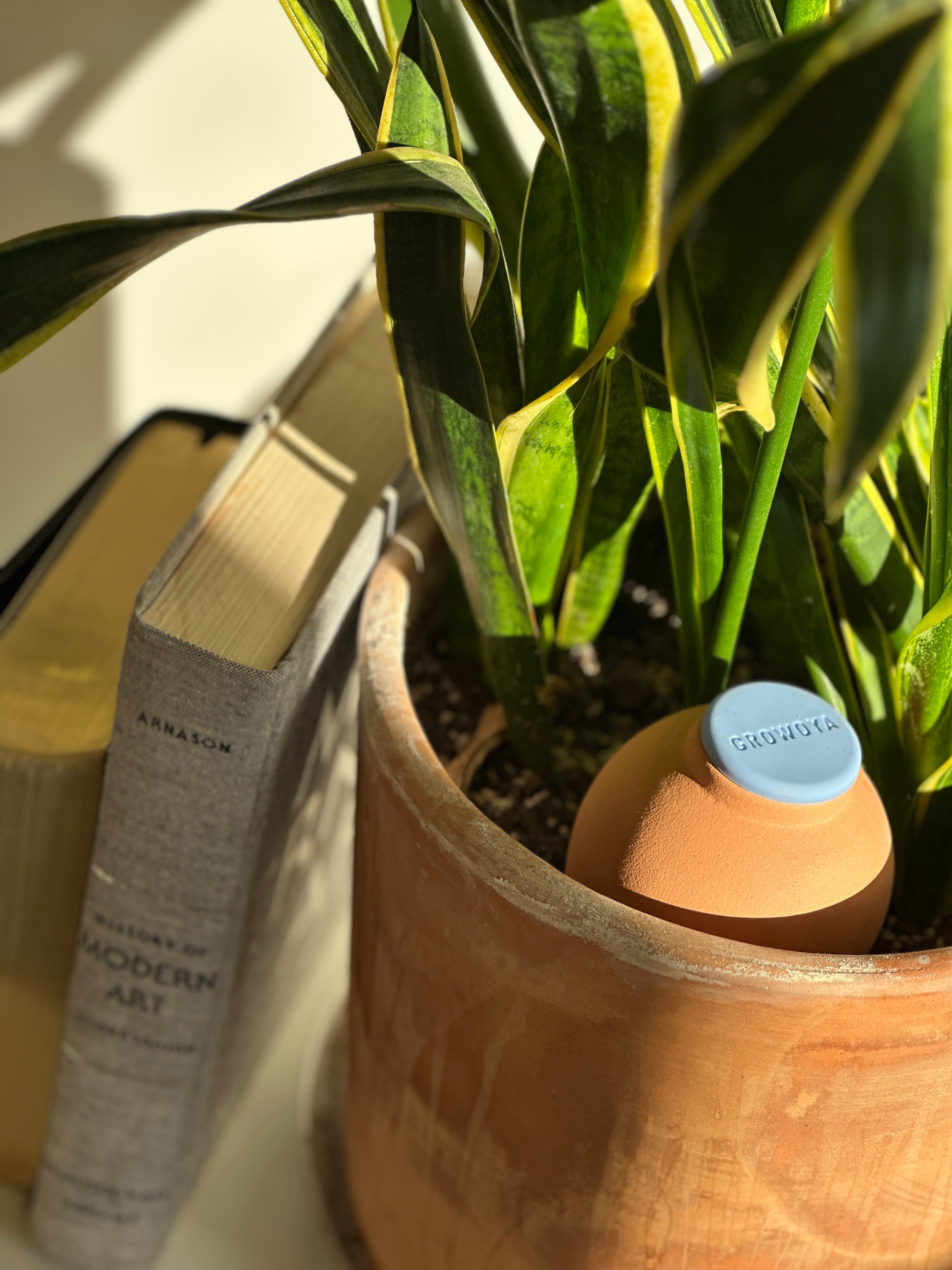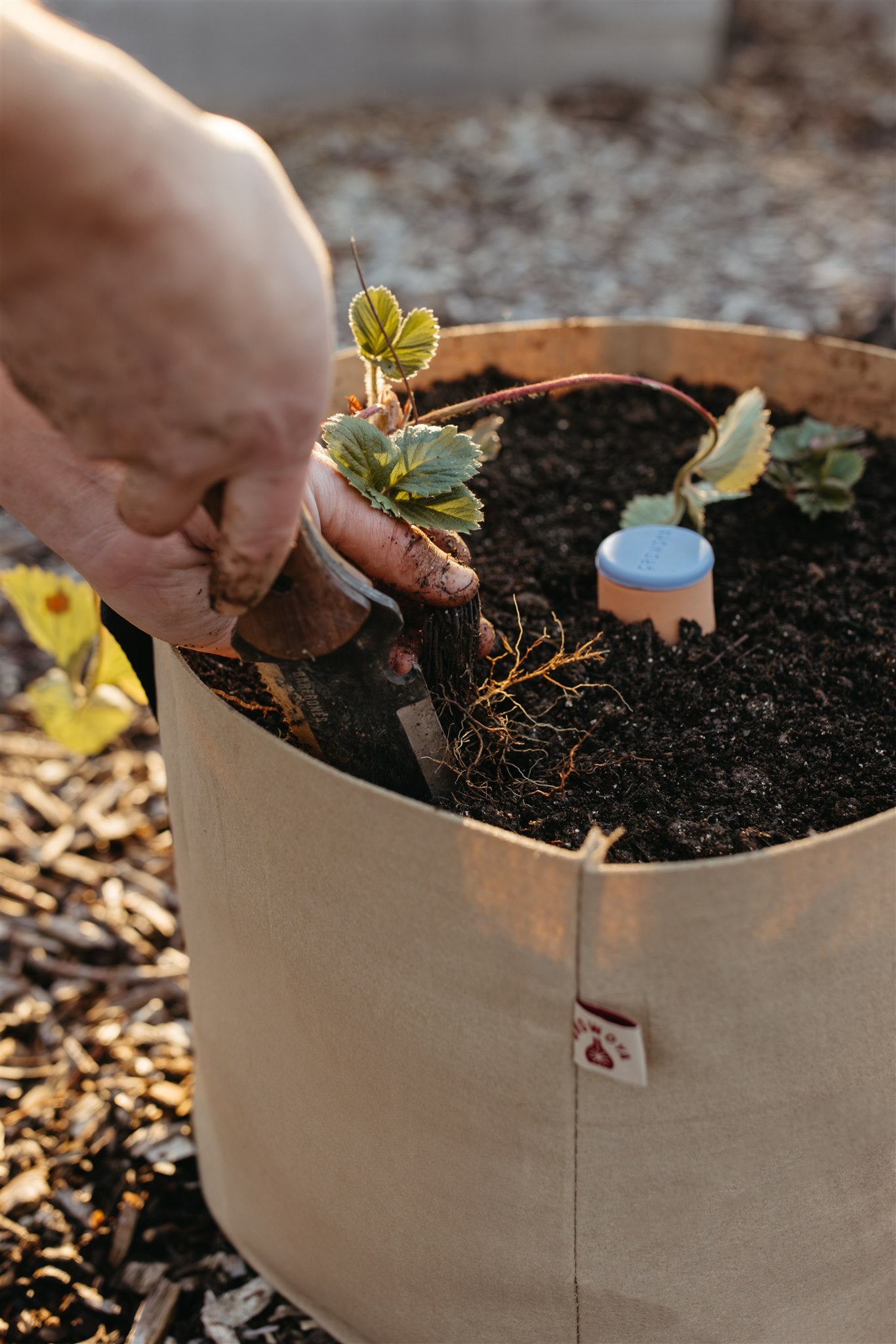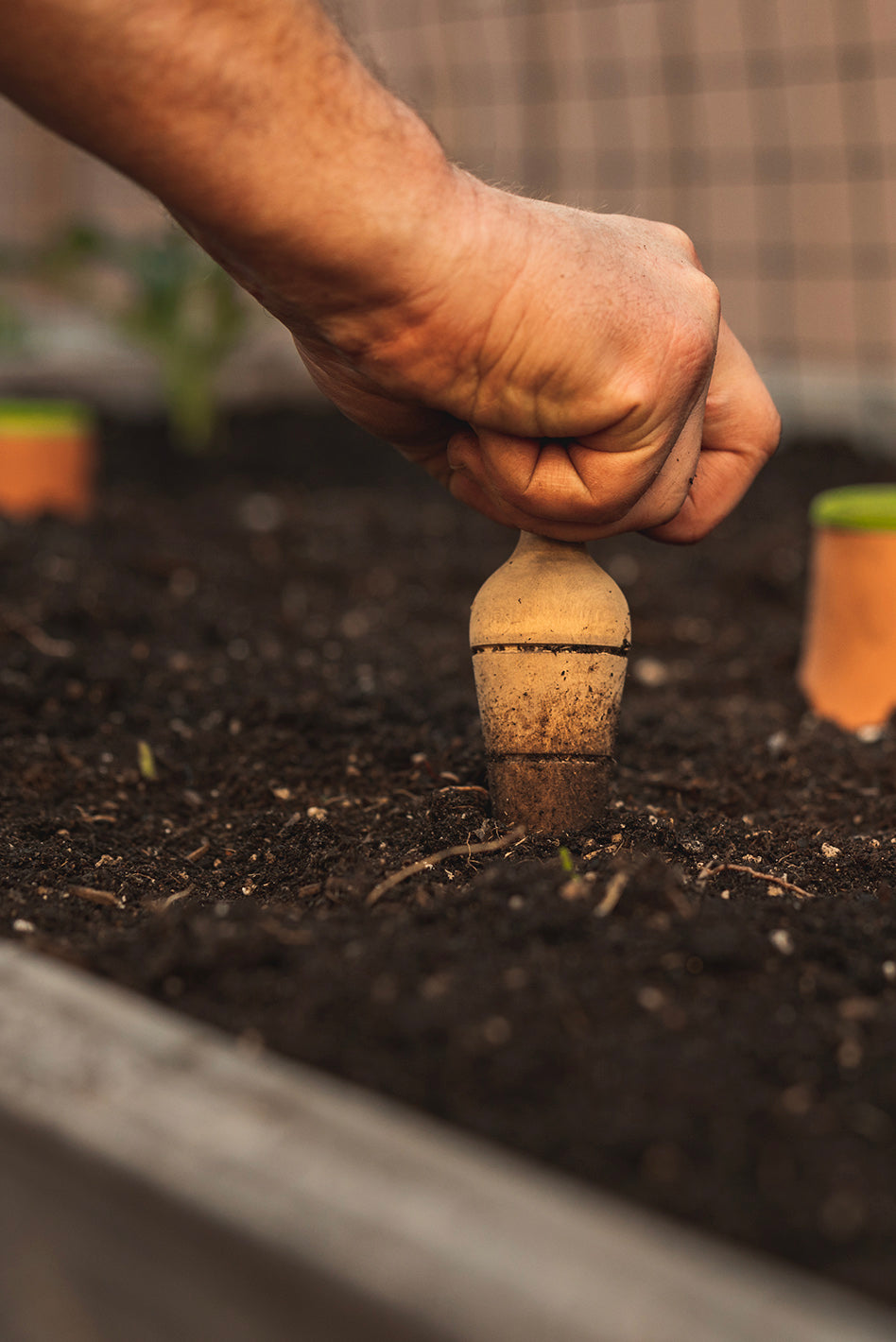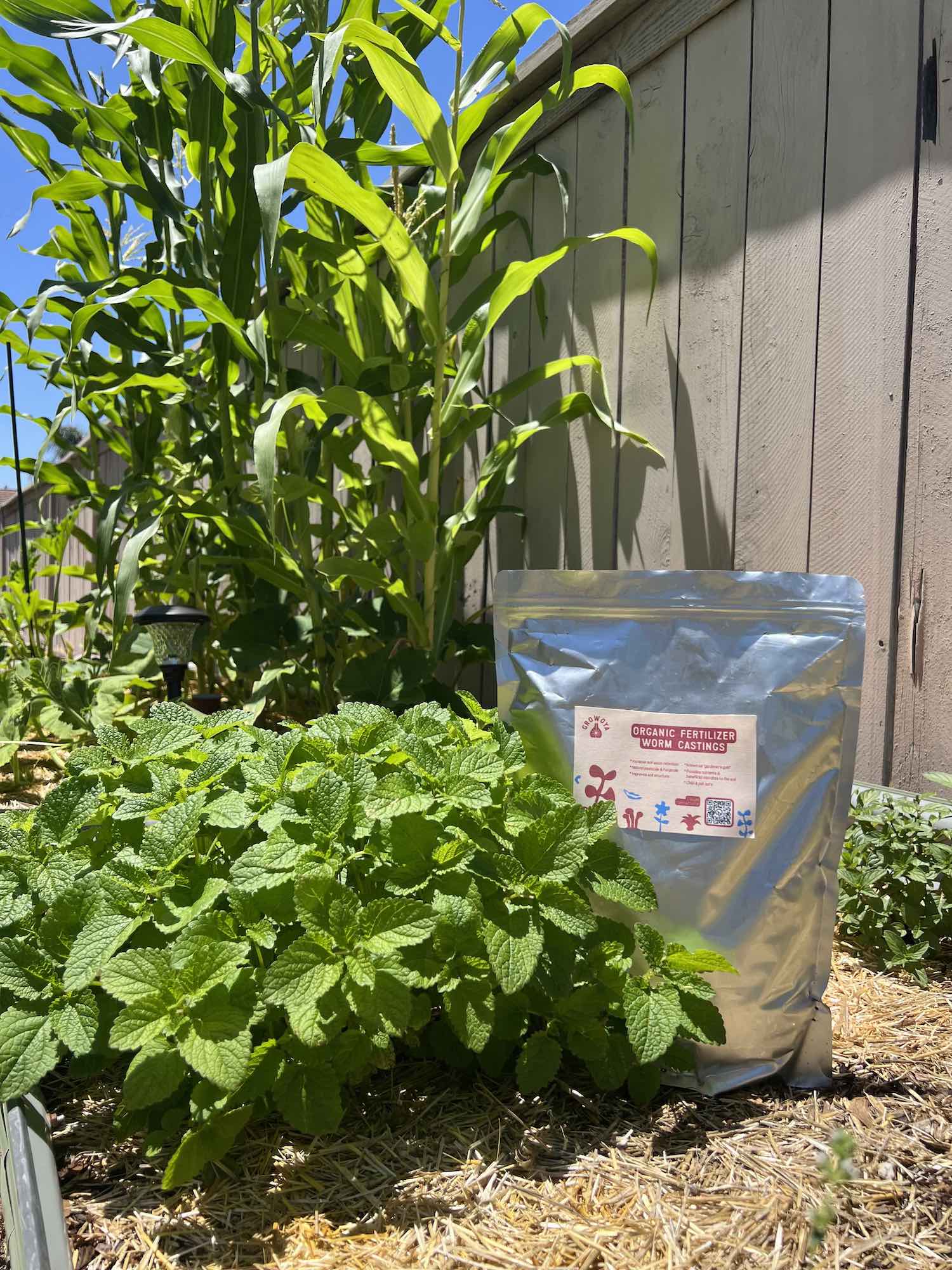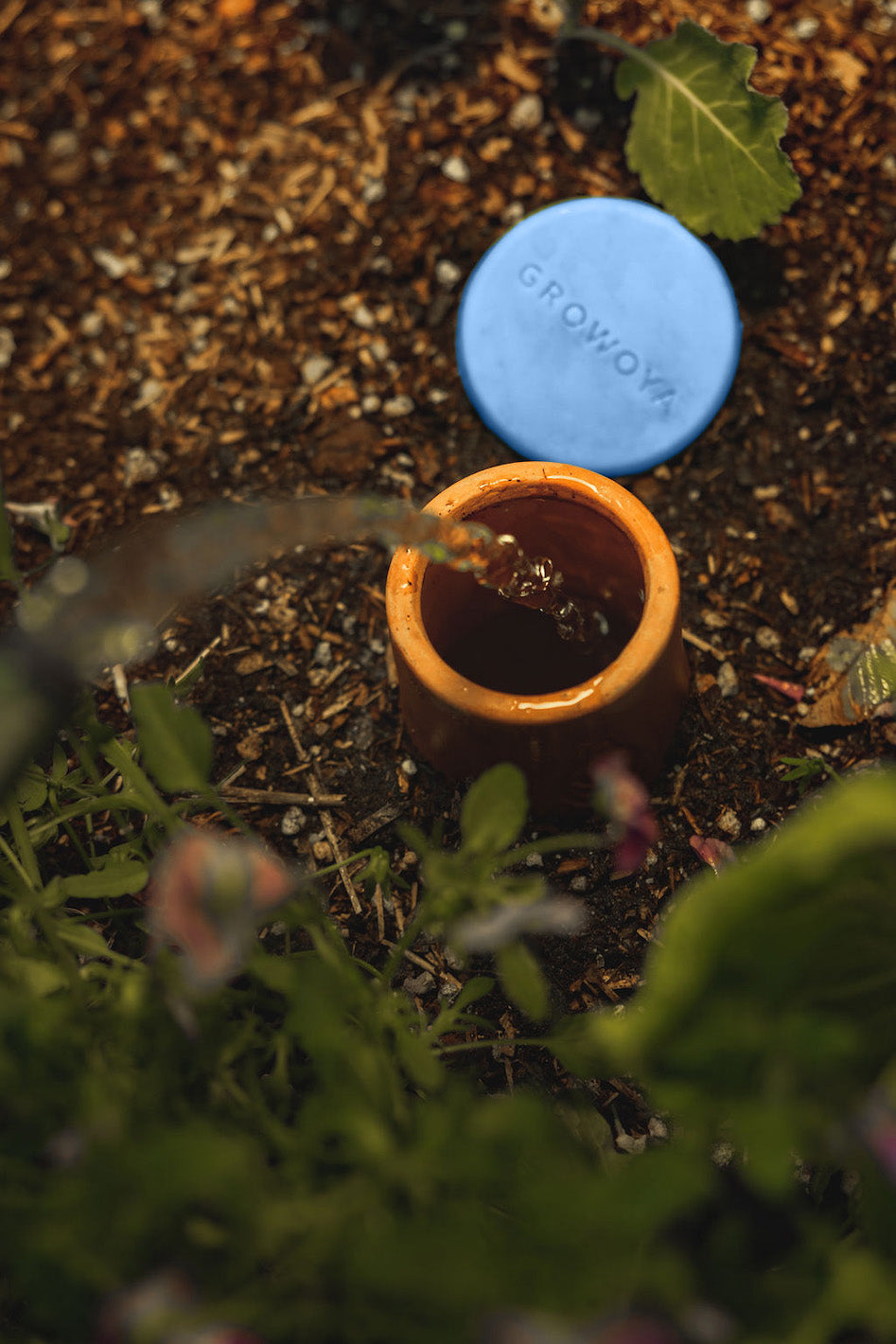Mastering Indoor Seed Starting: A Comprehensive Guide to Growing Tomatoes and Peppers
Are you ready to embark on a journey into the world of indoor seed starting? Whether you're a seasoned gardener looking to expand your crop variety or a beginner eager to nurture your green thumb, starting seeds indoors offers a rewarding and cost-effective way to kickstart your garden. In this comprehensive guide, we'll delve deep into the art and science of growing tomatoes and peppers from seed indoors, covering everything from selecting the right varieties to providing optimal growing conditions and troubleshooting common issues. By the end of this guide, you'll be equipped with the knowledge and confidence to successfully grow robust, healthy tomato and pepper plants from seed, right in the comfort of your own home.
Selecting the Right Varieties
Before diving into the seed starting process, it's crucial to select the appropriate varieties that align with your growing conditions and culinary preferences. Consider the following factors when choosing tomato and pepper varieties:
- Size and Growth Habit: Determine whether you prefer compact determinate varieties, which are well-suited for container gardening and smaller spaces, or sprawling indeterminate ones that offer continuous fruit production throughout the season.
- Flavor and Culinary Use: Consider your culinary preferences when selecting tomato and pepper varieties. Are you craving the sweetness of cherry tomatoes or the fiery heat of hot peppers? Choose varieties that best complement your cooking and eating preferences.
Once you've identified the ideal varieties for your garden, you're ready to gather your supplies and prepare for the seed starting process.
Supplies Needed
To get started with indoor seed starting, you'll need the following supplies:
- Seed Starting Containers: Choose containers that are clean, sterile, and have drainage holes to prevent waterlogged soil.
- Seed Starting Mix: Opt for a high-quality seed starting mix that provides excellent drainage and aeration for young seedlings.
- Seeds: Select high-quality seeds from reputable sources, ensuring they are well-suited to your growing conditions and preferences.
- Lighting: While natural light is ideal, supplemental lighting such as fluorescent or LED grow lights may be necessary, especially during the early stages of seedling growth.
- Heat Source: Maintain optimal soil temperature for germination by using a heat mat or placing seed trays in a warm, draft-free location.
- Labels: Keep track of your seedlings by labeling your containers with the variety name and planting date.
Now that you've gathered your supplies, let's dive into the step-by-step process of starting tomato and pepper seeds indoors.
Step-by-Step Guide to Indoor Seed Starting
Follow these steps to ensure success when starting tomato and pepper seeds indoors:
- Timing: Begin the process 4-6 weeks before the last frost date in your area. This ensures that your seedlings have ample time to mature before being transplanted outdoors.
- Preparation: For optimal results, invest in root zone heating mats and supplemental lighting to create ideal growing conditions. Aim for a root zone temperature of around 20°C to encourage robust root development.
- Container Setup: Fill containers or plug trays with moist, fine soil or a specialized seed starting mix. Ensure the containers are filled as full as possible to provide sufficient space for root growth.
- Planting: Place 1-2 tomato or pepper seeds on top of the soil in each cell or container. Gently press the seeds using a wide, blunt object to ensure good soil contact such as a Dibber. Cover the seeds lightly with soil mix, taking care not to bury them too deeply.
- Labeling: Label your containers or trays to keep track of the varieties you're planting. This helps avoid confusion once the seeds begin to sprout.
- Placement: If you lack access to grow lights and heating mats, place the containers or trays in the warmest, sunniest location available. Consistent warmth and adequate sunlight are crucial for successful germination.
- Moisture: Lightly mist the soil surface daily to keep it consistently moist, but not waterlogged. Alternatively, you can use a dome to maintain humidity and temperature, serving as a viable alternative to traditional heating mats.
- Germination: Expect tomato seeds to germinate within 6-10 days, while pepper seeds may take 12-14 days to sprout. Be patient and keep monitoring the trays for signs of growth.
- Monitoring and Care: As the seedlings grow, keep an eye out for any signs of stretching, which indicate insufficient light. Rotate the trays regularly to promote even growth and ensure all seedlings receive adequate light.
Paper Towel Method:
Another method for starting tomato and pepper seeds indoors involves germinating them on moist paper towels. Here's how to do it:
- Preparation: Place tomato and pepper seeds on a moistened sheet of paper towel, ensuring they are spaced apart. Cover them with another moistened paper towel and place the setup in a large ziplock bag.
- Germination: Keep the ziplock bag partially open to allow air circulation. Place the bag in a warm, sunny spot, ensuring that the paper towels remain moist. Tomato seeds typically germinate within 6-10 days, while pepper seeds may take 12-14 days.
- Transplanting: Once tiny radicles (small, white, fuzzy-looking roots) appear on all seedlings, it's time to transplant them into prepped containers or trays filled with moistened soil. Gently cover the seeds with soil and mist to water them in.
- Care: Keep the trays or containers warm and sunny, and the seedlings should emerge within a day or two after being placed in soil. Continue to provide adequate light, moisture, and warmth to promote healthy growth.
By following these methods and tips, you can successfully start tomato and pepper seeds indoors and enjoy a bountiful harvest in your garden.
For more gardening tips, tricks, and videos, be sure to follow us on Instagram.
Happy gardening!

